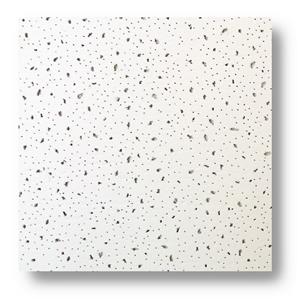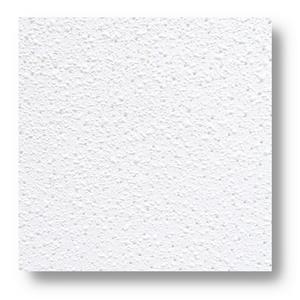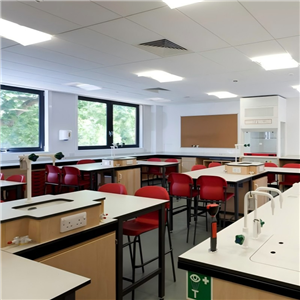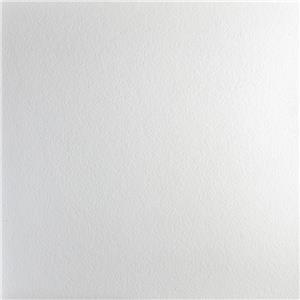Mineral Fiber vs. Gypsum Ceiling Boards: Pros & Cons Compared
At SLD, we often receive questions from clients about the differences between Mineral Fiber Ceiling Tiles and gypsum ceiling boards. Both materials are widely used in commercial and residential ceiling systems, but each comes with its own advantages and drawbacks.
In this article, we’ll break down the key differences and help you decide which option best suits your project.
1. Material Composition and Weight
Mineral Fiber Ceiling Tiles are made from a blend of mineral wool, recycled paper, binders, and fillers. This composition makes them lightweight and easy to handle.
Gypsum ceiling boards, on the other hand, are composed of calcium sulfate dihydrate, also known as gypsum, sandwiched between layers of paper. While they are also considered lightweight in the construction industry, they are typically heavier than Mineral Fiber Ceiling Tiles.
SLD Recommendation: For projects requiring fast installation and minimal structural load, Mineral Fiber Ceiling Tiles are more efficient.
2. Installation and Flexibility
Mineral Fiber Ceiling Tiles are typically installed in a suspended grid system and can be easily removed or replaced without damaging the ceiling. This makes them ideal for spaces that require frequent maintenance access to HVAC or lighting systems.
Gypsum boards are usually screwed directly to a metal or wood framework. Once installed, accessing systems above the ceiling requires cutting and patching the boards.
SLD Advantage: If maintenance and accessibility are important, Mineral Fiber Ceiling Tiles offer unmatched flexibility.
3. Sound and Thermal Performance
Sound insulation is another major factor. Mineral Fiber Ceiling Tiles are known for their excellent acoustic properties, making them ideal for office buildings, schools, hospitals, and conference rooms. They also contribute to better thermal regulation indoors.
While gypsum boards provide some level of sound and heat insulation, they are not designed primarily for acoustics and often require additional treatment to achieve the same results.
SLD Insight: For acoustic performance, Mineral Fiber Ceiling Tiles are the clear winner.
4. Durability and Moisture Resistance
Mineral Fiber Ceiling Tiles are treated to resist humidity, sagging, and microbial growth, making them suitable for humid environments like basements and kitchens.
Gypsum boards, unless specially treated, can be vulnerable to moisture damage and mold growth over time.
SLD Suggestion: In humid or semi-wet environments, Mineral Fiber Ceiling Tiles provide better long-term reliability.
5. Environmental Impact and Recyclability
SLD’s Mineral Fiber Ceiling Tiles are made with up to 70% recycled content and are fully recyclable, aligning with green building practices.
Gypsum boards are also recyclable, but the process is more complex and less commonly practiced.
SLD Commitment: We recommend Mineral Fiber Ceiling Tiles for eco-conscious projects seeking LEED or green building certifications.
While gypsum boards are still widely used and have their place in many ceiling applications, Mineral Fiber Ceiling Tiles clearly offer superior performance in terms of ease of installation, acoustics, moisture resistance, and sustainability.
For clients looking for a reliable, energy-efficient, and maintenance-friendly ceiling solution, SLD’s Mineral Fiber Ceiling Tiles are the smart choice.
Contact us today to explore product options or request a sample.




